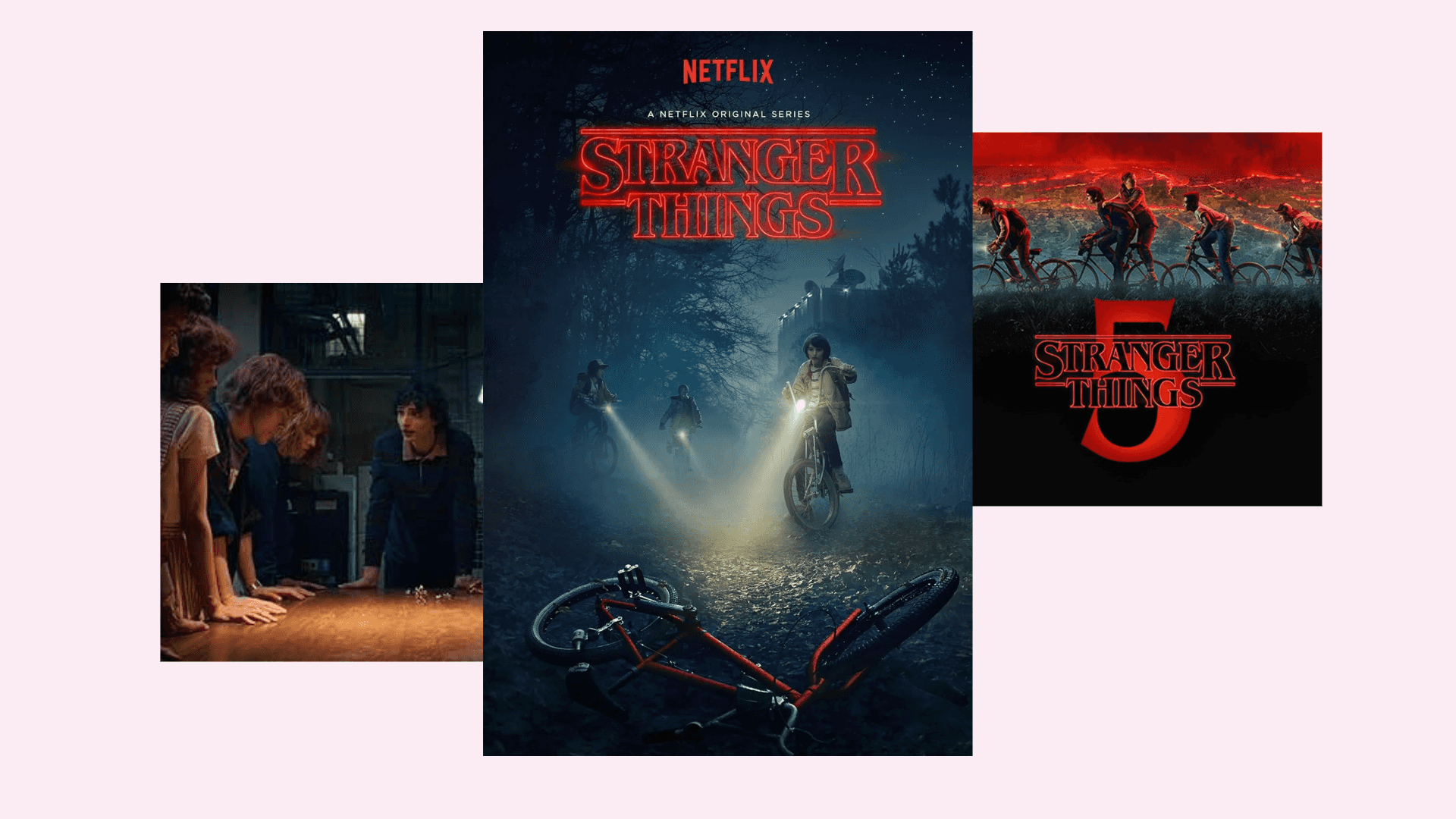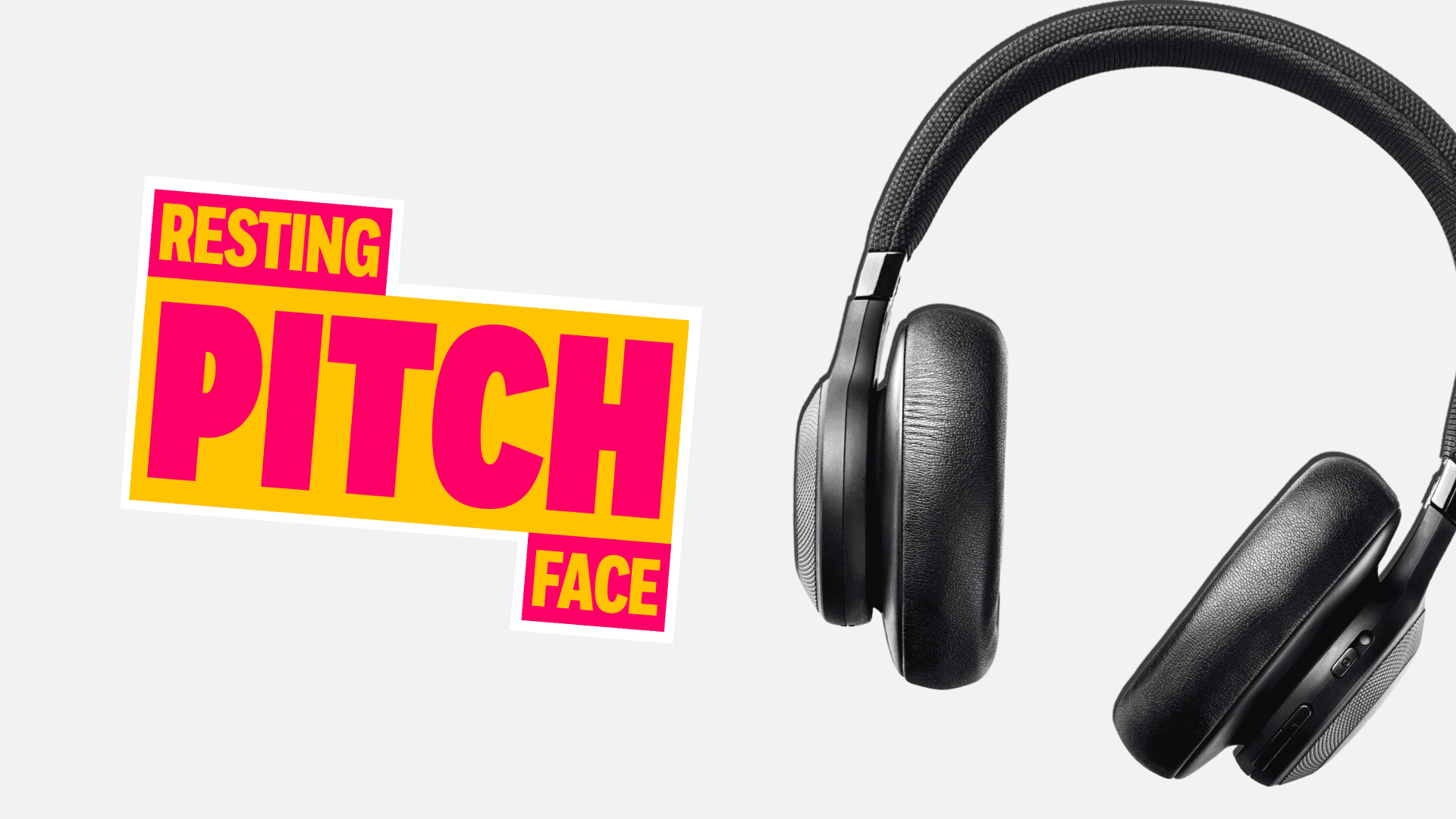
Google Launches AMP Stories
Written by Daniel
Google recently announced that it is testing AMP Stories, with publishers like Wired and CNN some of the first brands to get on board. Lee, Chris & Jamie discuss what AMP Stories actually are and how they could impact the world of digital. Why not subscribe to our YouTube channel for more content like this?
See below for the full video transcription.
VIDEO TRANSCRIPTION
Jamie: So now we’re just going to talk about Google’s AMP Stories. That they’ve just put into, sort of, beta or dev recently. So as you can probably guess from the name, it’s pretty similar to AMP. So that’s Accelerated Mobile Pages. And what AMP is, is essentially Google’s cache or Google’s really-quick-loading version of normal articles on the web. So Google have been pretty aggressive with AMP and I imagine it’s going to be pretty similar with these AMP Stories, in that if you provide the integrations to your site correctly, they will put you really high up the SERPs so you’ll get featured in this nice little box, get a nice little lightning bolt next to it. And that, obviously, encourages users to click-through as you know it’s going to be a fast-loading page and, you know, people give up on stuff if it takes ages to load.
So getting that confidence that what they click on is going to load up really fast is really effective. And you’ve probably seen this on Facebook, too, with their Instant Articles initiative. It’s pretty much the same thing. You basically stay in that platform and don’t leave it, and because you’re doing that, the platforms love it because you’re staying there and the users like it because you get better speed, too. So what Stories is, it’s basically an extension to the regular AMP articles, and obviously, everyone’s heard this name “Stories” being bandied around now so you’ve seen it on Snapchat, Instagram, etc. – same thing.
So you’ve just got a full-page, full-bleed photo, essentially, and then you’ve got multiple of those like slides, almost like a slideshow. It’s basically just a JavaScript framework that helps you build that. So there’s some special mark-up that you build into your page, technically. You specify, like, an AMP story, and then you give it your slides and stuff and then it just helps you. It basically builds all the nav for you in terms of swiping across. It’s just really rich.
Chris: Is this only accessible for, like, premium publishers at the minute, or is it…?
Jamie: Right now, it’s just in testing, yeah. So there’s like “Wired,” and a few others where if you go to the URL, I think it’s g.co/ampstories, if you go there on your phone, you get, like, a mock-up Google search, essentially. Type in “Wired” or one of the other approved publishers that are testing it and you can see what these look like at the moment. But yeah, it’s pretty much how they’ve described. If you’ve used Instagram or Snapchat and clicked through a story, it’s pretty much exactly the same.
Lee: I disagree with it being compared directly to Instagram or Facebook Stories.
Jamie: Why?
Lee: Because I don’t think it’s the same thing at all.
Jamie: It’s the same…
Lee: It doesn’t have the capabilities, does it? It reminds me of…I’m trying to find it now. I think Medium released something called Collections. Am I right? It was a very, very similar user experience and it, kind of, looks like that.
Jamie: It’s just full-bleed photos that you swipe across.
Chris: People have to search for it still. Usually when you’re discovering things on Instagram, say, Instagram Stories, you stumble upon it, don’t you? You view somebody’s story, whereas this is search-focused. You’re physically searching for a story.
Jamie: Yeah. So if you’re searching for something to do… I mean, I think personally this is going to be targeted at publishers like TMZ, or whatever, with the breaking Kim Kardashian news or whatever. It’s going to appeal to the same type of audience where you’re looking at that kind of content, and you’ll type it in in your search query and then you’ll get your story and that audience will relate to it, won’t they?
Lee: There’s not a social element to it, though, is there?
Jamie: You can share it.
Lee: Like a story. It’s more like Facebook Instant Article or…it’s just a new format to AMP as well.
Chris: They’re piggybacking off the name really more than anything. It’s not the same thing. Like I say, when you see somebody’s story on Instagram, you’ve just discovered it. You’re interested in viewing it because it’s there right in front of you. You have to go out of your way and actually search for this.
Jamie: I guess what you’re saying there is that you don’t know what you’re going to look at until you click on it with Instagram or Snapchat, do you? You just see someone’s profile picture. Or you might get a tiny, tiny little preview on some of the platforms. And so you don’t know what you’re looking at. You’re just looking at it because you’re interested in that person. Whereas here you’re coming in knowing what you’re looking for, I suppose, yeah.
Lee: Yeah, I think the media have misreported on what it actually is. That’s what I’m trying to get at.
Jamie: It’s just another way of putting a news article across, essentially.
Lee: Yeah.
Jamie: So it’s going to be great for really media-rich news articles that are essentially, like I said, just slideshows. It’s going to be great for those. And like I say, if the audience is used to digesting content in this format, then that’s the type of people that are going to click through. But they’ve got to be careful Google because, same with AMP, if they shove it right at the top of SERPs again, everyone’s going to jump on it just so they get discovered. People are going to use it incorrectly just for the discoverability factor.
Chris: What are the performance and reporting metrics that we’re going to be able to look at to be able to see if something’s, you know, doing well in this format? Is there anything that we can…
Jamie: I haven’t read anything about that.
Chris: There is no direct comparison, is there, really? What do you compare it to? What does good performance look like and what metrics do you look at to see if it’s performing right?
Jamie: Well, you can pull up AMP into your analytics, can’t you now. So I don’t know what’s going to happen with AMP Stories specifically but, like you say, you might want a how deep do they get in the Story metric, might you. See if they get to the end and see if there’s a big bounce rate.
Chris: View time, pretty much.
Jamie: Yeah, but if it’s broken into 50 slides, a view time of 2 minutes might only be, like, 3 slides. So you might want, like, a depth-type thing.
Lee: It will be pulled into Google Analytics in exactly the same way as AMP is and the code structure for implementing it looks like it’s differentiated from the existing AMP.
Jamie: Yep.
Lee: So you will be able to track it, I don’t know how.
Jamie: They keep making up these basically other versions of HTML or HTML AMP tags and stuff. Just more stuff for publishers to get to grips with. It’s just another format. And then Google shove it at the top of SERPs and everyone does it anyways.
Lee: Monopolizing.
Jamie: Yeah. They can put whatever they want out and if it goes to the top of SERPs, then people do it whether it’s good or not. So, yeah, it’s just another thing. It’s annoying for developers. Me. It’s another thing to code, isn’t it? Hopefully, the big platforms, WordPress and Shopify, etc., etc., and all the other blog platforms will put out plugins or enable it in existing plugins that deal with AMP to spit out this stuff automatically. But I guess CMS’ will have to figure out a way to, sort of, give content managers an easier way to ‘slide one, slide two, slide three’.
Lee: It will get more widely adopted when it comes into public.
Chris: Do you think there’s much longevity in these kind of things because they seem to just appear. I know AMP’s been around for some time now, but the thing is with the Stories, it’s a little bit more niche, isn’t it? Really. Yeah, I think it’s only going to attract a certain type of person, but it’d be interesting to see how long it sticks around before Google go and…yeah.
Lee: I think they’ll be quite selective about what verticals to push these results in. Like Jamie was saying with “Wired” and…
Jamie: Recipes and stuff where you’ve got a process to follow would be pretty good context, right?
Lee: Yeah, there’ll be verticals that, like, publishers, tech, food, where they’ll show it like they do with AMP.
Jamie: Anything that’s got a step-by-step process, it’d be great. Like a recipe, because you want big pictures, don’t you? You want step one, two, three, four, that’d be pretty good. But yeah, tech articles. Why would you want a slideshow for that?
Lee: It’s just a bit more engaging, isn’t it, if you’ve got a reporter going to CES, for example.
Jamie: Yeah, CES is a bit different because you might be showcasing a photo of a new product or something like that. But yeah, if somebody threw out an article about Google Assistant or whatever, you don’t want to read that in a story, do you?
Lee: Do you want to read anything in a story?
Jamie: Well, no. Kids do. That’s how kids digest stuff nowadays.





